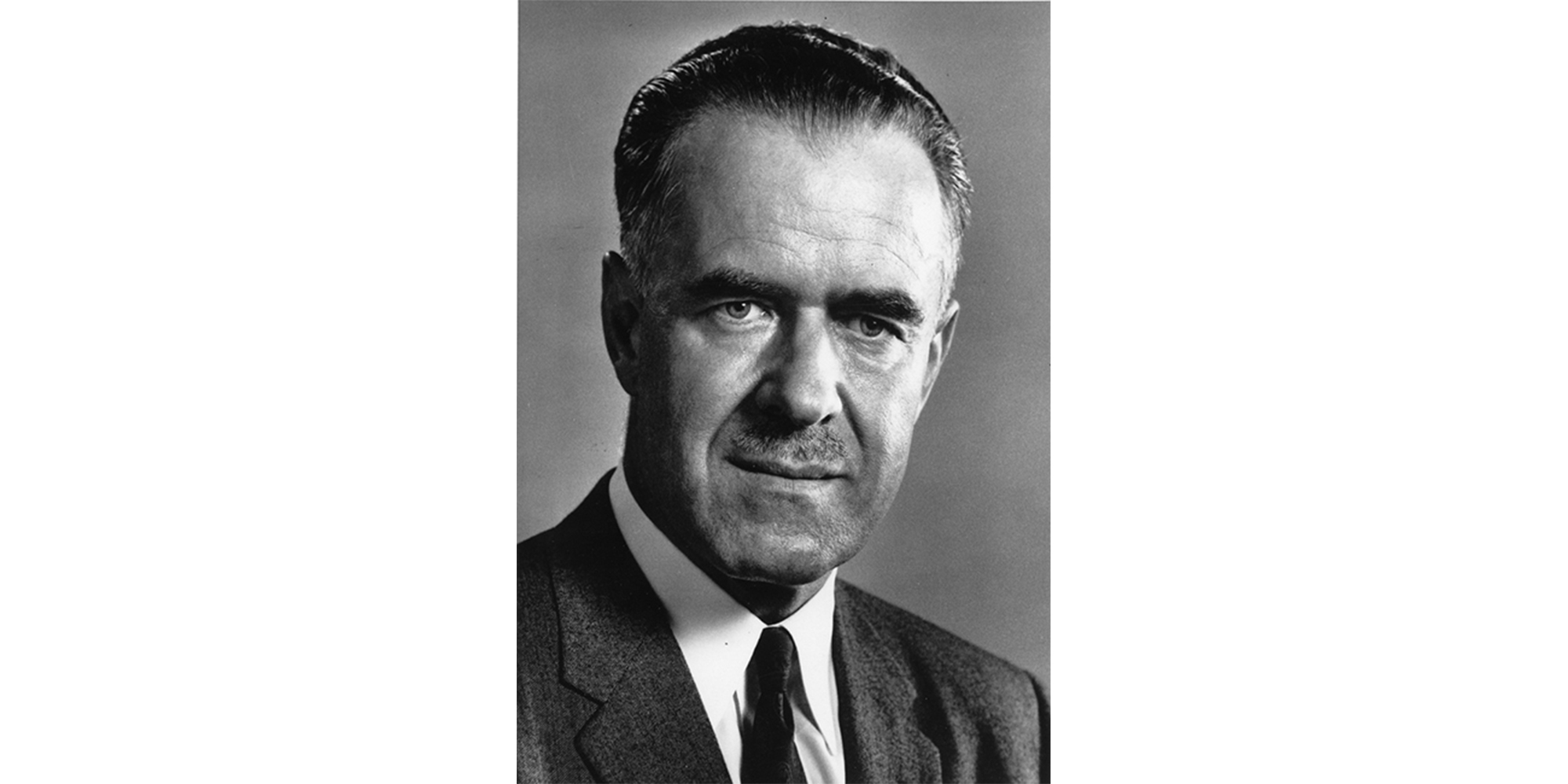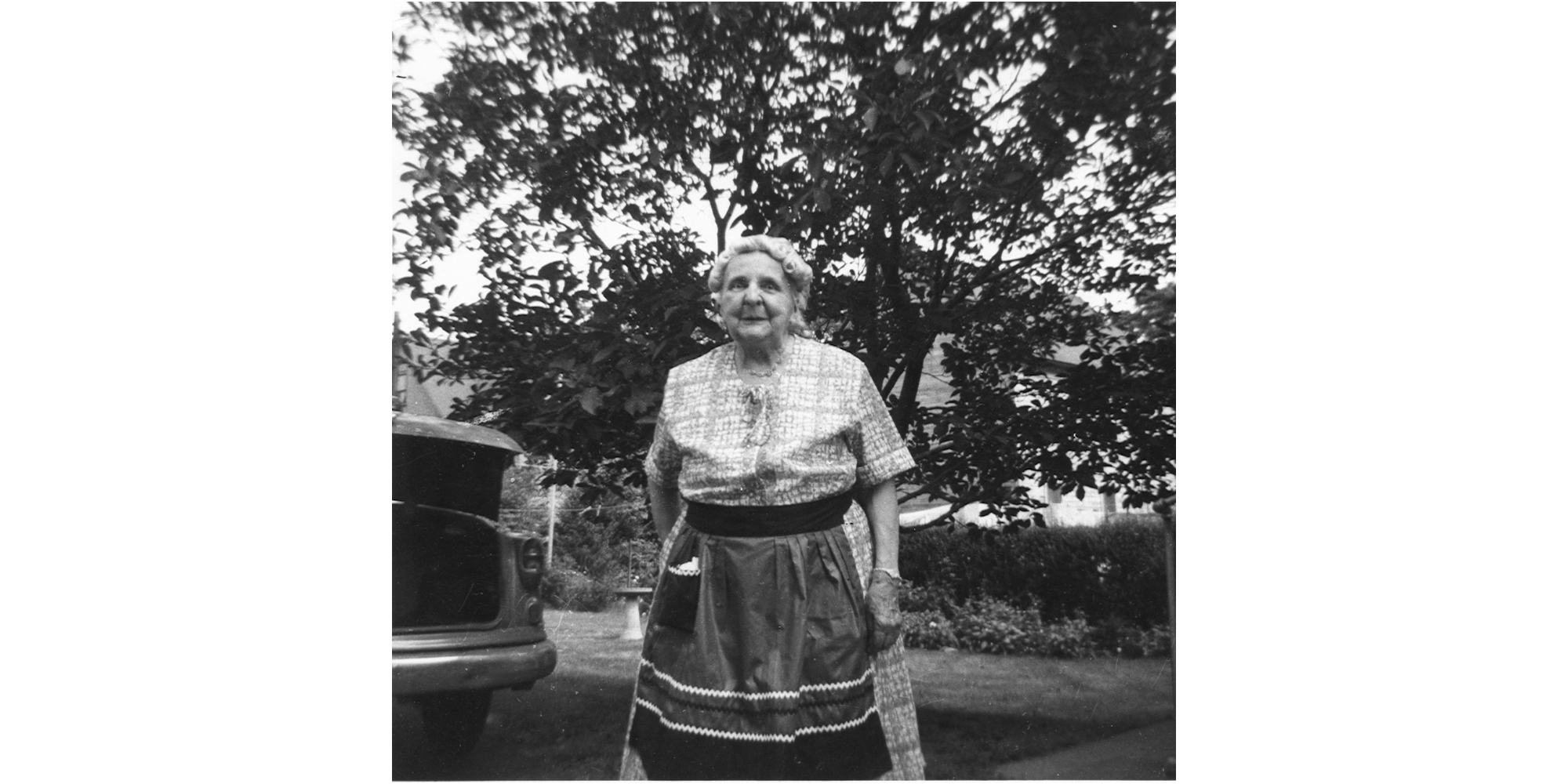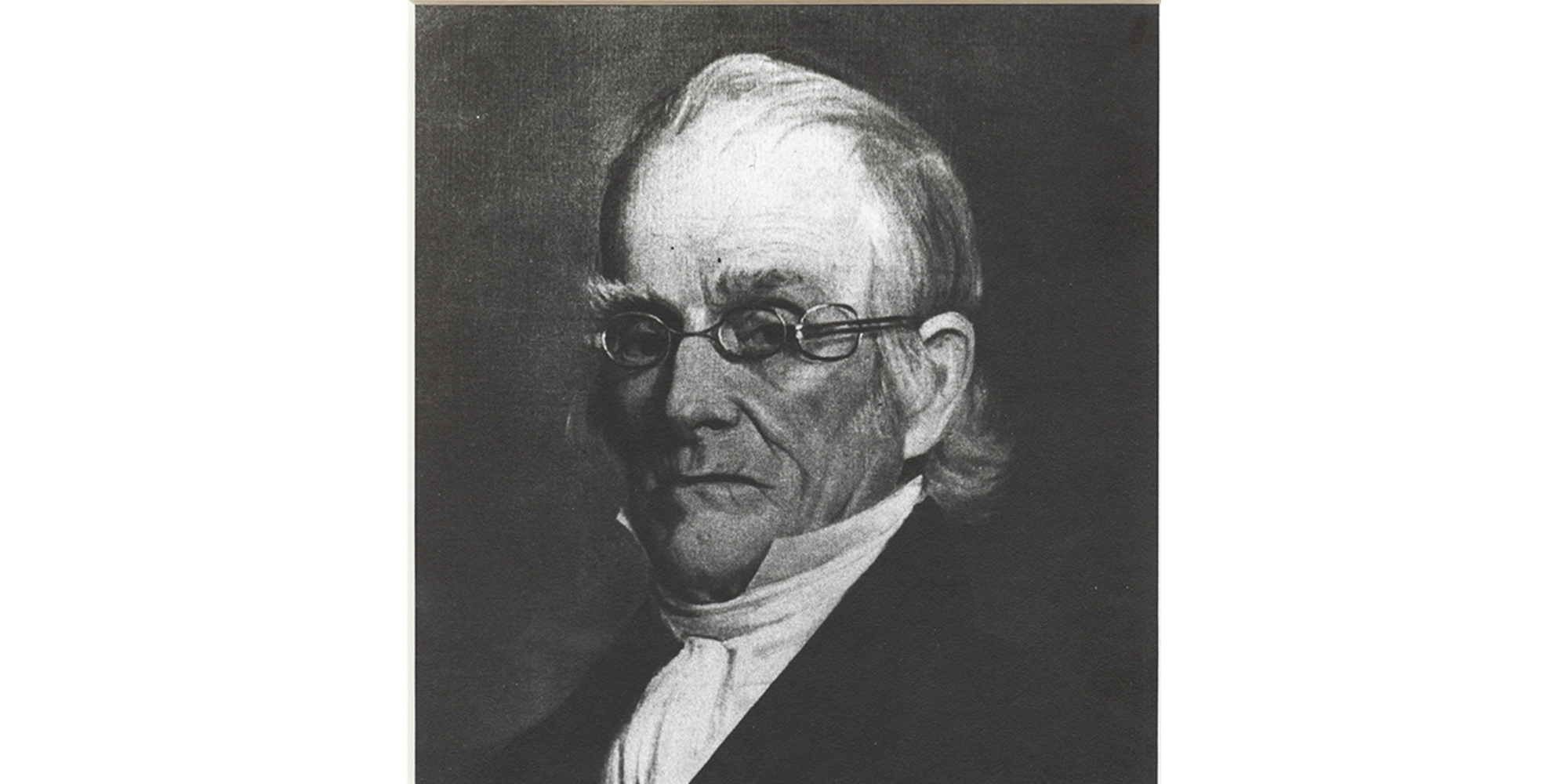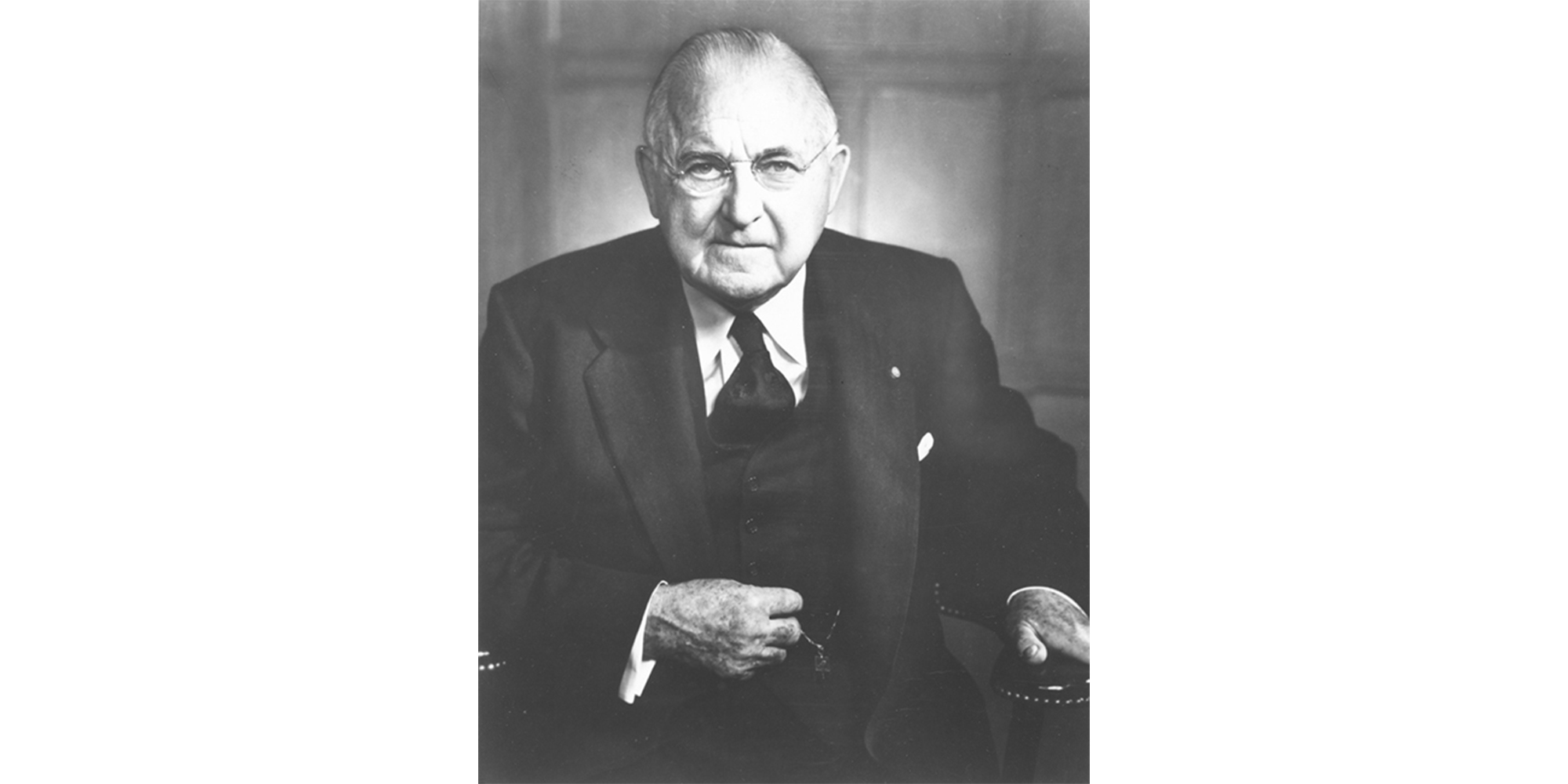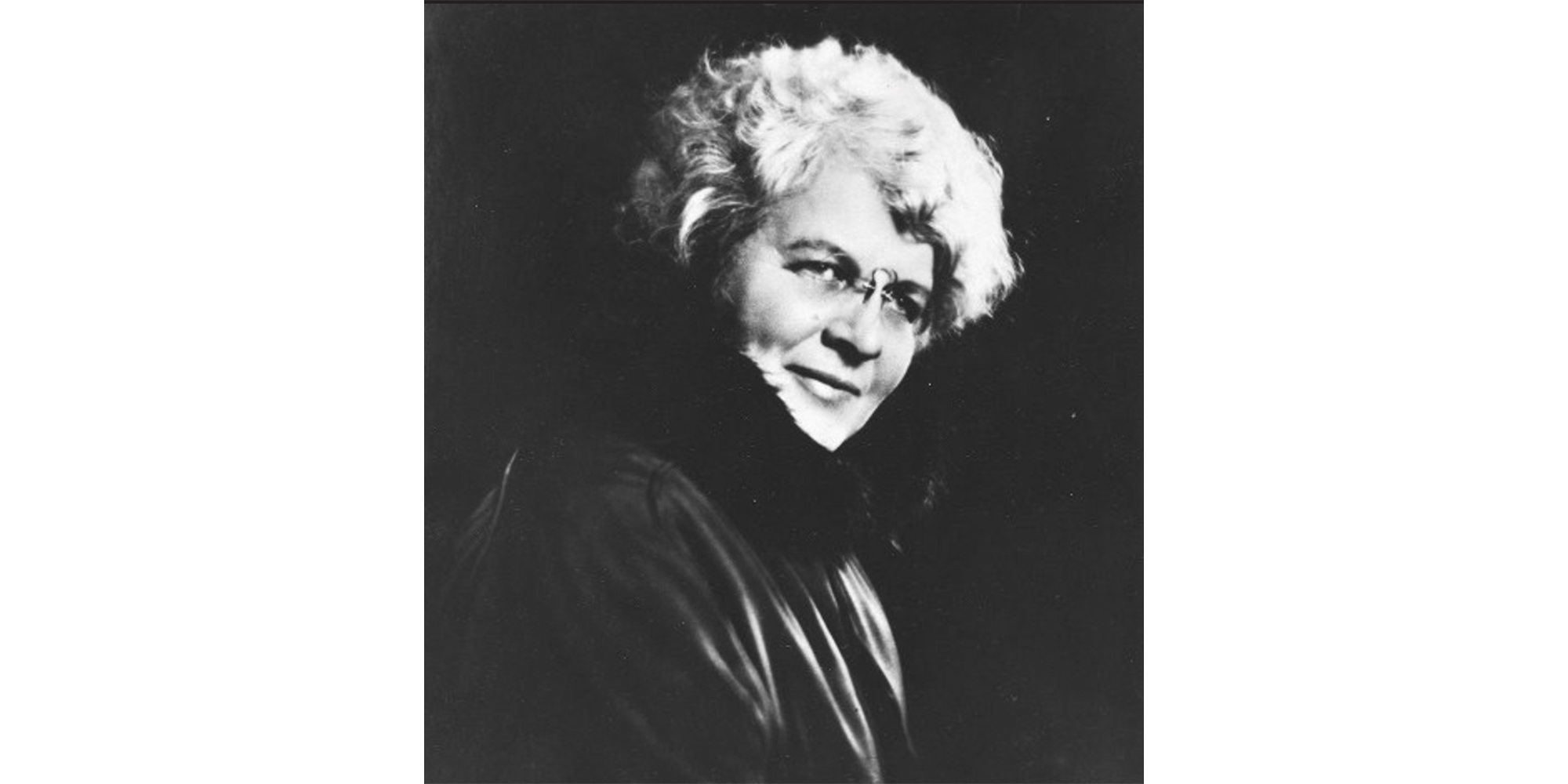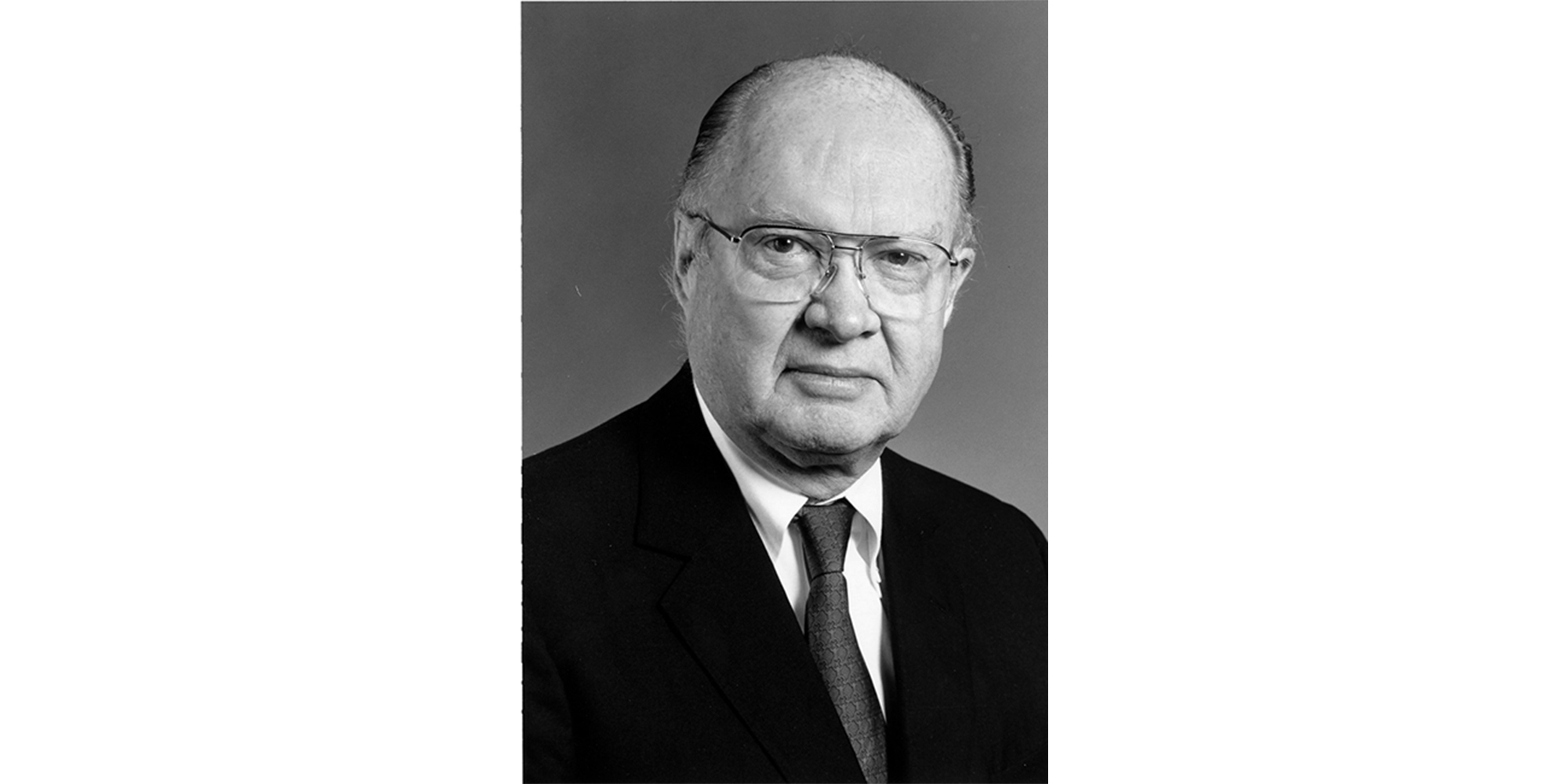Dotting RIT’s Henrietta campus are buildings, benches, roads and pathways, seemingly each accompanied by a name. Even walking along the path past the bus stop (the path itself called Arthur Stern Lane), one’s eyes cannot help but wander along the bricks, each etched with a name or congratulatory message.
RIT is a campus full of names and faces, consisting of those who now walk its paths and those who have come before. Yet, so many of the people behind these names are unknown to students. These people are responsible for the level of opportunity we experience as Tigers, and their contributions to our education should be appreciated.
Mark Ellingson
Before RIT was RIT, it was known as the Rochester Athenaeum and Mechanics Institute (RAMI). The name change, and many other big changes across the institute, occurred during the presidency of Mark Ellingson. Born in 1905, Ellingson is the longest-serving president in RIT’s history, who was in office from 1936 until 1969. Along with overseeing the official 1944 change to Rochester Institute of Technology, Ellingson also oversaw the Gannett-led merger with the Empire School of Printing in 1937 and the relocation from downtown Rochester to RIT’s current Henrietta campus in 1968. He also led the campaign to bring the National Technical Institute for the Deaf (NTID) to RIT. During his tenure, RIT saw an increase in enrollment of over 700 percent, from 2,250 to 16,000 students. Now the tallest building on campus, a dormitory near NTID, is named in Ellingson's honor.
Grace Watson
As RIT began outgrowing its space in downtown Rochester in the mid-1960s, coupled with the announcement of the construction of the Inner Loop that would bisect the then-campus and require the demolition of several key buildings, it became clear that a change was desperately needed to keep the university on a growing track. Luckily, Rochester local Grace Watson was able to make that change — a move to Henrietta — possible. An unassuming woman who showed little sign of wealth, according to RIT, gifted much of her estate ($3.27 million) to the university after her death in 1961.
Nathaniel Rochester
Colonel Nathaniel Rochester is best known for founding the city of Rochester. However, in 1829 he also founded the Rochester Athenaeum. He served as the first president of the Athenaeum, which began as a literary society before it was merged into the Mechanics Institute. RIT uses this 1829 date as its official date of founding.
Carleton Gibson
Born in 1863 in wartorn Alabama, Gibson was chosen in 1910 to be the first president of the recently-merged Rochester Athenaeum and Mechanics Institute, a position he held until 1916. Within two years, Gibson ensured students would spend half their time in classes and the other half learning from within the industry — a method now referred to as a co-op, that has since become a staple of RIT.
George Eastman
George Eastman Hall is named for the founder and, for a time, CEO of Eastman Kodak Company. During his life, Eastman was a notable benefactor of RIT — then called the Mechanics Institute — and even personally campaigned for the institute’s first endowment. He pledged $5,000 to the institute, on the condition that nine others matched his pledge. Eastman served as a trustee for the university from 1890 until 1915. Eastman Kodak Company has long had a close tie with RIT, which also culminated in the dedication of the Eastman Kodak Quad in 2003 to honor this affiliation.
Frank E. Gannett
Frank Gannett is widely known as the founder of the Gannett Company — a mass media holding company. While Gannett owned around 20 papers in his lifetime, the Gannett Company now owns over 1,000 and has become the largest newspaper company in the United States, with ownership including Rochester’s own Democrat and Chronicle. Gannett is responsible for the launch of the printing programs at RIT, which have since evolved into the School of Media Sciences.
Kate Gleason
Catherine Anselm Gleason was born in 1865, the elder sister of James E. Gleason. Her father, William Gleason, founded Gleason Works, which became one of the most important gear-cutting machine makers in the world. After the death of her stepbrother at an early age, she began to work in her father’s company. Described by one contemporary as “a kind of Madame [Marie] Curie of machine tools,” she would later go on to become the first woman to be enrolled in Cornell University’s engineering program, before being beckoned back to Gleason Works before she could finish her degree. A suffragette and friend of Susan B. Anthony, Gleason continued on with women’s rights efforts following Anthony’s death, including a pledge of $1,500 for the women’s suffrage movement — one of the largest pledges ever received. Upon her death in 1933, much of her estate was gifted to local Rochester institutions, including to the Mechanics Institute — now RIT. Both the College of Engineering and the central dormitory overlooking the Quarter Mile are named for Gleason, whereas the building housing the majority of the College of Engineering is named for her younger brother.
Thomas Hale Gosnell
Thomas Gosnell, was born in 1920 to a family with close ties to RIT. His great grandfather, Ezra Andrews, was a founding trustee of the original Mechanics Institute. He gifted RIT greatly throughout his lifetime, most notably a $3 million challenge grant to further establish the College of Science as it stands today. After the building that houses the College of Science was completed in 1998, it was dedicated in honor of Gosnell. After his recent death in 2009, he has been remembered closely by those at RIT. His wife, Georgia, pledged a further $5 million in 2012 to the establishment of the Thomas H. Gosnell School of Life Sciences in his honor.
Aileen Osborn Webb
A longtime trustee of the Mechanics Institute, Aileen Webb was born in 1892. A large proponent of crafts, she was responsible for introducing the School of American Craftsmen to RIT in 1950. Webb served as a trustee for over 20 years, furthering the crafts programs at the Institute. On the 25th anniversary of the School of American Craftsmen, an auditorium in James Booth Hall was dedicated to Webb.
RIT is experiencing a period of unprecedented growth and expansion. It often seems like a new building is erected every year. But, as we expand our campus and the impact our university has, we must keep in mind those who have laid the groundwork for the opportunities we now experience.




